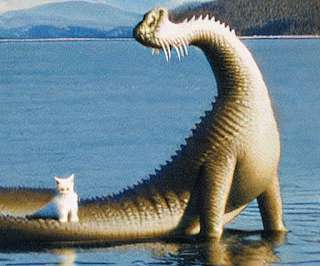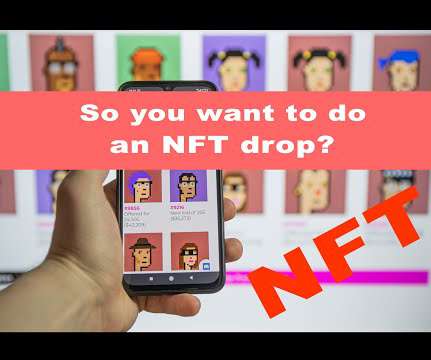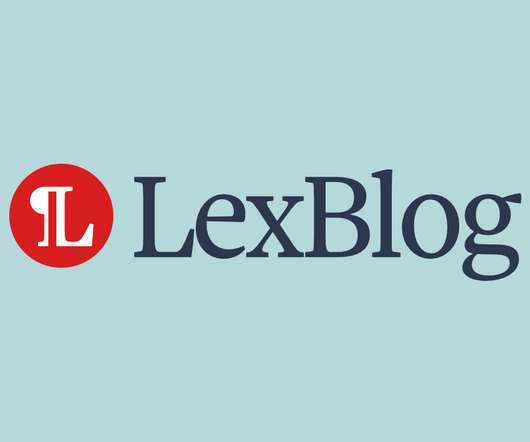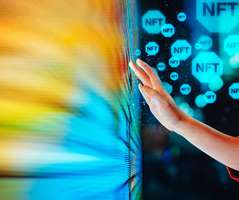Copyrighting the Ogopogo Monster: The © story behind the news story
The IPKat
NOVEMBER 1, 2022
Perhaps the right involved was actually a trademark registration, and the journalist had got it wrong? A press report indicated the registration had been made in 1953 by Arthur “Gil” Seabrook, a local broadcaster, as a civic promotion. Many of the marks had lapsed due to non-renewal, and none was in the name of the City of Vernon.












Let's personalize your content